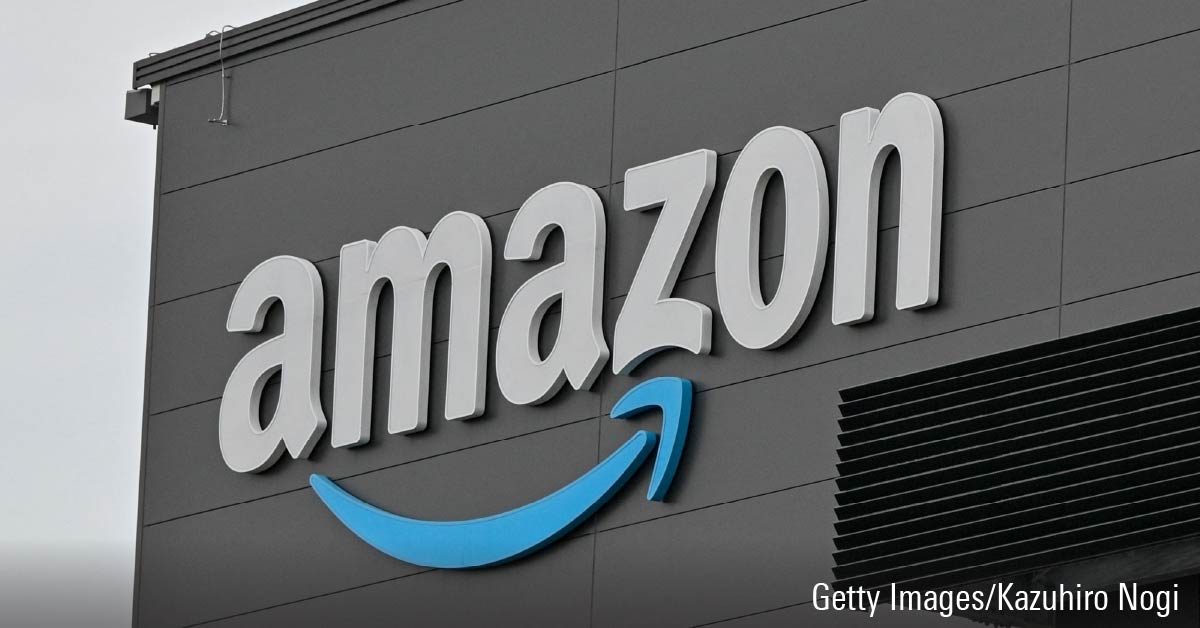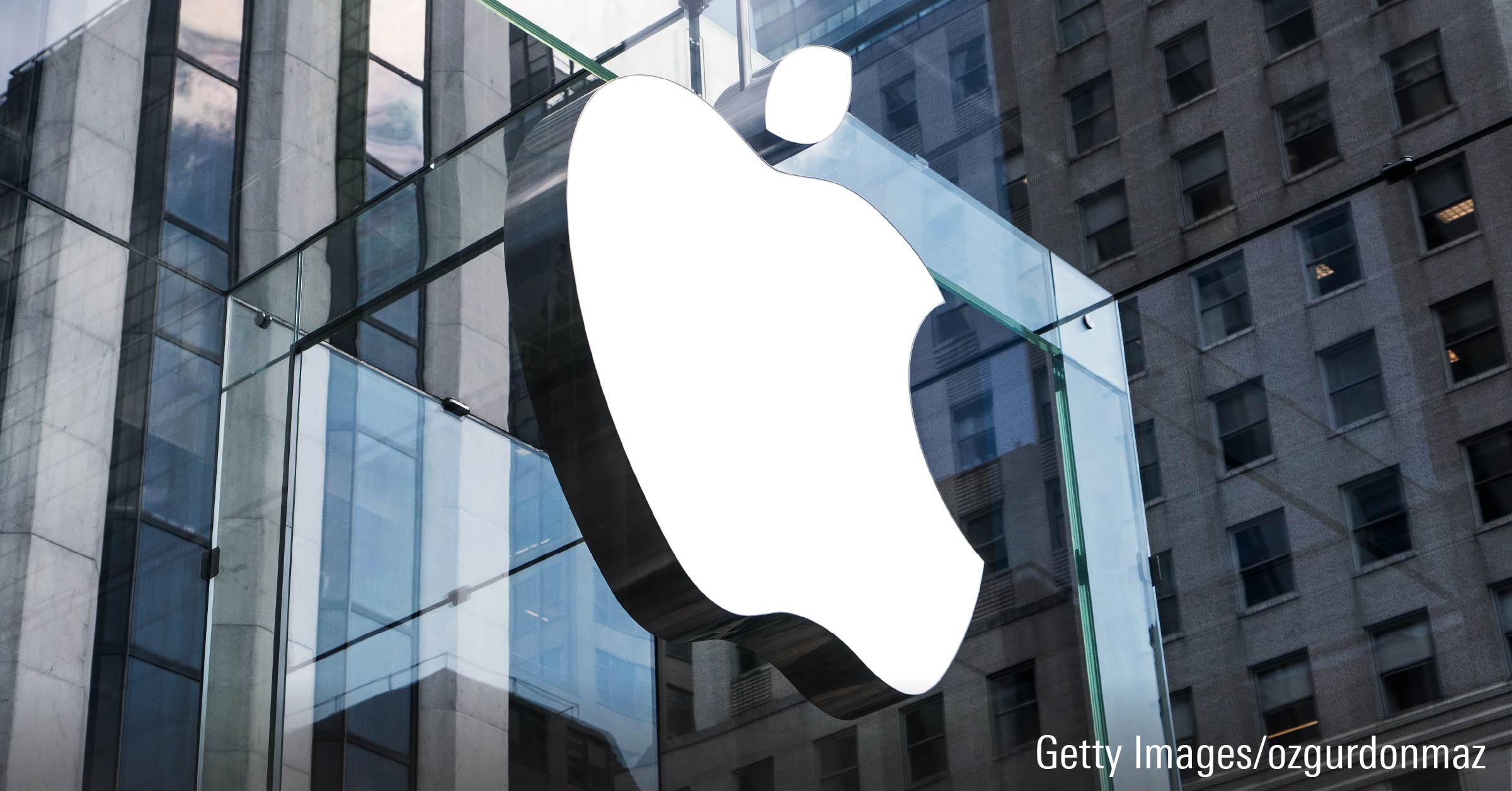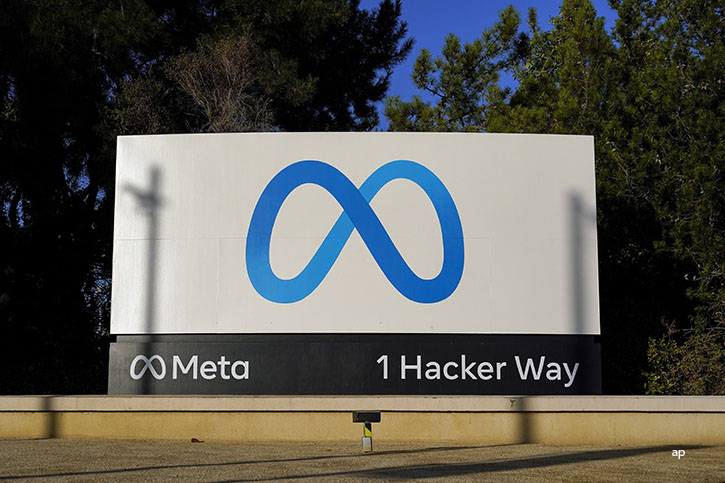On July 18, 2016, Softbank announced its intention to acquire wide-moat ARM Holdings (ARM) in an all-cash deal that values the latter at £24.3 billion, with both boards approving the combination. On the surface, we view this deal favourably for ARM shareholders, as the offer price implies a 43% premium relative to ARM’s most recent closing share price. ARM will continue to operate independently, and management is expected to remain in place.
Consequently, this deal allows ARM to significantly increase its scale via a greater influx of investment backed by Softbank, with an assurance by the latter that ARM’s U.K. headcount will be doubled over the next five years. Simon Segars, CEO of ARM, is expected to continue in his role and cited the Internet of Things and autonomous driving as two examples of upcoming trends in which ARM will be more able to invest and drive innovation, as part of Softbank.
Other than the scale promised, we don’t see any major synergies exhibited by the combination at this point in time. We are raising our fair value estimate to £17 per share as we take into account Softbank's offer to acquire ARM for £24.3 billion. The offer price implies a 43% premium relative to ARM's last closing share price prior to the announcement. We believe there will not be any significant regulatory hurdles faced by Softbank.
What is it Worth Without the Deal?
Our stand-alone fair value estimate for ARM is £10 per share. ARM has achieved double-digit top-line growth each year since 2010, benefiting from the proliferation of high-end smartphones that generate strong licensing and royalty revenue. We expect revenue to rise 15% in 2016, followed by persistent growth in the low double-digits through 2020. ARM should capture higher licensing revenue as the ARM architecture becomes more prevalent in non-mobile chip markets.
We also expect increases in royalties, via more advanced IP cores sold to both existing and new customers. However, the high volume nature of most ARM-based products serves to curb ARM’s pricing power, meaning royalty rates per chip will not exponentially increase.
As an intellectual property and design provider, ARM benefits from exceptional operating leverage. Operating margins were at 42% in 2015, and should incrementally approach 50% by 2020, in our view. We applaud the firm’s efforts to increase its research and development spending, as ARM’s business model excels when the firm continues to develop new technologies. However, given the firm’s small fixed-cost structure, ARM’s profitability is dependent on its ability to drive robust revenue growth. As a result, our fair value uncertainty is high.





























